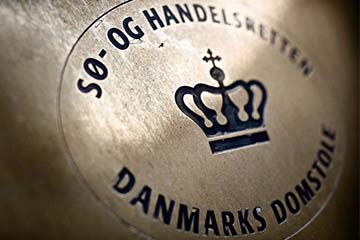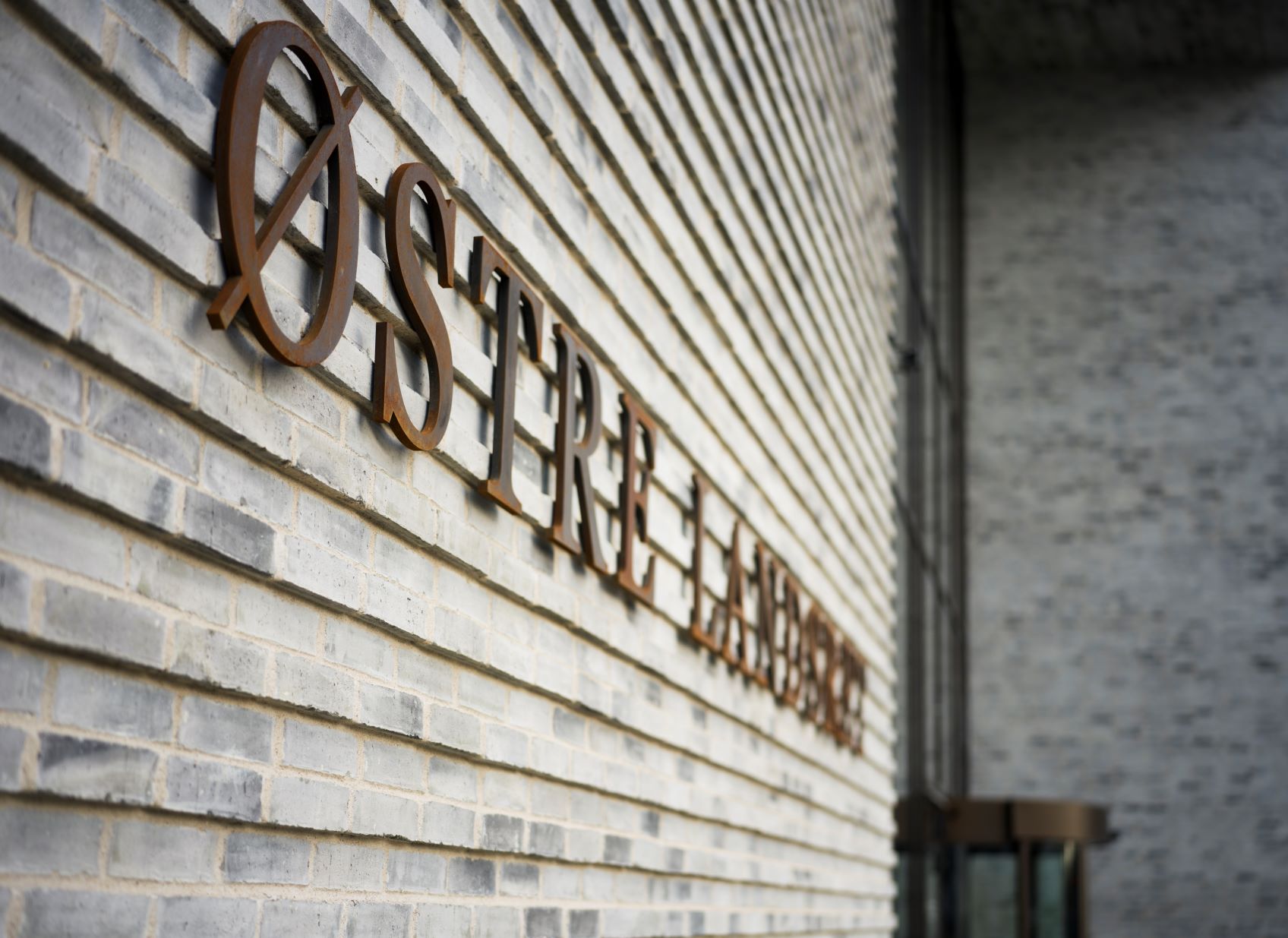Former employee wrongfully applied for a patent and exploited employer's trade secrets
15 September 2020
The Maritime and Commercial High Court has just decided a leading case; ruling on a number of issues relating to intellectual property. The court decision specifies what it takes to constitute proper notification by an employee to an employer about an invention. Additionally, the decision addresses whether the employee exploits the employer's trade secrets by applying for a patent, and what it means if the employer itself decides to make the trade secrets public at a later point. Plesner represented the employer in the trial.
The employee's duty of notification
An employee made an invention and subsequently resigned to start his own company. Said company obtained patents based on the information the employee had brought along from his former place of work.Among other things, the trial concerned whether the employee had notified his employer about the invention in accordance with Section 6 of the Danish Employees’ Inventions Act.
Initially, the Maritime and Commercial High Court stated that the notification “according to the wording and purpose of the provision must serve to make it clear to the employer that the employee’s notification does not concern technical and commercial issues only, but also concerns the question of the right to inventions between the employee and the employer.”
The Court had to decide whether the employee had notified the employer (i) by having prepared a technical report on the invention; (ii) having made a presentation to a group of employees working for the employer during which he mentioned the invention; and/or (iii) as a consequence of a colleague having registered the invention in the employer's notification system at a later point.
The Maritime and Commercial High Court determined that the report did not constitute a notification. The report was a technical report serving no other purpose than to communicate and store technical knowledge within the company in order to consider additional technical and commercial issues. This means that the purpose of the report was not to notify the employer, and the Court did not find it proved that it had been used for this specifically.
The presentation did not constitute a notification either, as it was made for technical and commercial purposes in order to develop and implement technology of which the invention was a subcategory. Also, the presentation did not serve as notification, as it did not make it clear to the employer that it was a notification about the right to an invention.
The issue was then whether the colleague’s subsequent registration of the invention in the employer's notification system constituted a notification. On this issue, the Maritime and Commercial High Court found it important that the former employee had not been informed about his colleague's notification to the employer, just as there was no agreement or the like between the former employee and his colleague allowing the colleague to notify the employer on his behalf. Further, the Court found it important that at the time of the notification, the former employee had already taken unauthorised steps to patent the invention.
This means that in three cases, the Maritime and Commercial High Court rejected that the employer had been notified. Accordingly, the employer could then demand the transfer of the invention to itself, even though more than four years had passed between the employee making the invention and the employer demanding that it be transferred.
Exploitation of trade secrets
When the employee resigned, he brought along a report to his newly formed company in which report he had described the invention. The court decision establishes that the report comprised trade secrets which the employee and his company used to file unauthorised patent applications.The employee and his company claimed that the Court had to dismiss the employer's claim regarding exploitation of trade secrets, because the employer itself had published the trade secrets comprised by the invention when the employer also filed a patent application for the invention at a later point. The Maritime and Commercial High Court dismissed this claim, as the employee's exploitation of the company’s trade secrets predated the employer's patent application.
The Maritime and Commercial High Court concluded that the employee and his company had to recognise having used the trade secrets illegally and had to transfer all patent applications and patents obtained on the basis of the invention to the employer.
Read the court decision (in Danish).
The ruling can be appealed.
This ruling follows another court decision from just a month ago from the Maritime and Commercial High Court on the exploitation of trade secrets, which, to our knowledge, was the first decision made after the implementation of the new rules (read "Trade secrets exploited by competitor"). Plesner litigated both cases.







